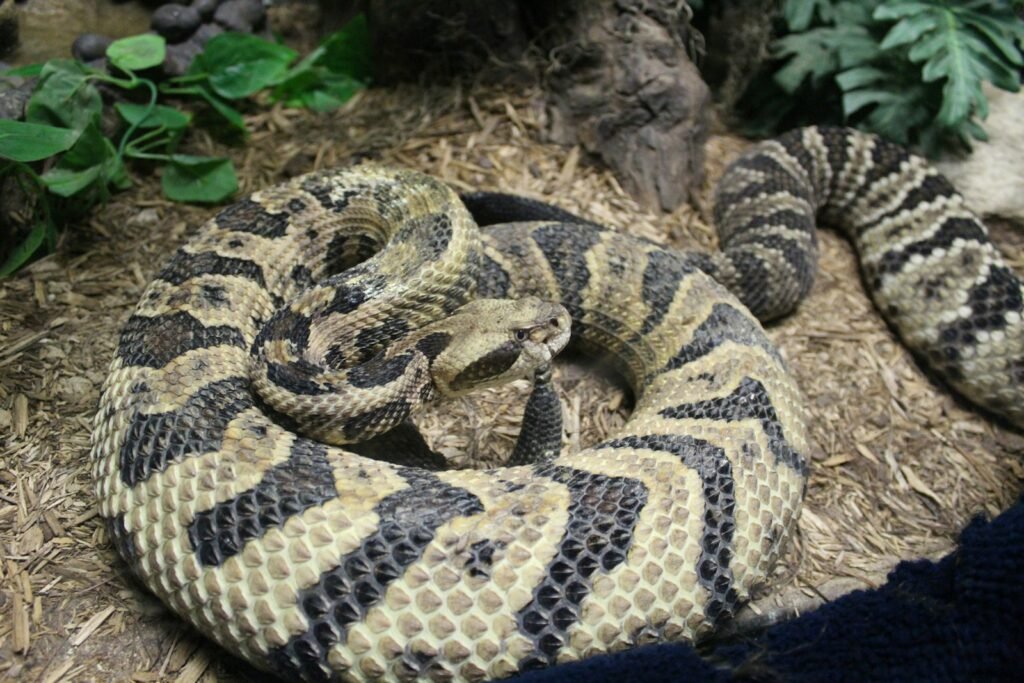Imagine a tiny stampede of furry feet pattering across your living room floor, each one vying for a comfy spot under a cardboard tunnel or a nibble of fresh lettuce. It might look like simple chaos, but there’s a world of subtle power plays and secret alliances unfolding right before your eyes. Guinea pigs, those gentle, squeaky bundles of fluff, are far more complex than they appear at first glance. Beneath their docile exteriors, guinea pigs are social strategists, quietly crafting intricate hierarchies—even when their “herd” is just the family couch. Let’s dive into the fascinating, sometimes surprising ways these clever creatures build their social order, right in the heart of your home.
The Nature of the Guinea Pig Herd
Guinea pigs are herd animals by instinct, a trait inherited from their wild ancestors roaming the grasslands of South America. Even when living as pets, they carry a deep-seated need for companionship and structure. In the wild, safety in numbers means survival, so their natural tendency is to form groups and establish clear roles within them. This doesn’t just disappear in captivity; it adapts to new environments, like your living room. Even two guinea pigs will instinctively create a mini-society, with each one finding its place. The herd is not just about numbers—it’s about building a sense of security and belonging that shapes every guinea pig’s behavior.
Dominance: More Than Just a Pecking Order
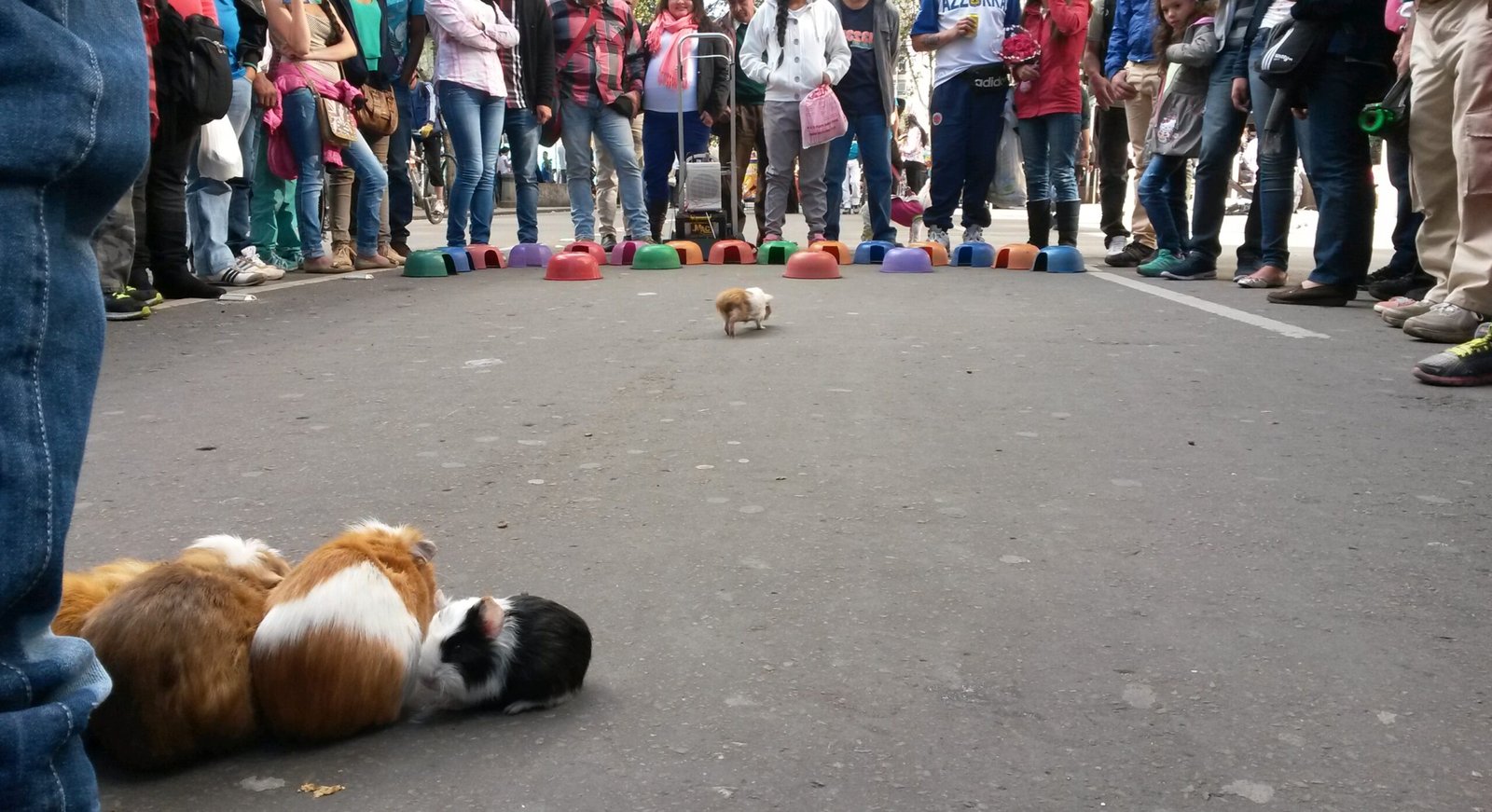
When people think of animal hierarchies, dominance often comes to mind—a simple “who’s boss” mentality. For guinea pigs, dominance is far more nuanced. It’s not about brute strength or constant aggression. Instead, dominance can be seen in subtle gestures: the first to eat, the one who claims the best hidey-hole, or the piggy who leads the group to a new pile of hay. While squabbles happen, they’re usually brief, with a quick chase or a raised head settling the issue. This ongoing negotiation helps keep peace in the group and reduces stress for everyone involved.
Communication Without Words
Guinea pigs are master communicators, relying on an impressive array of sounds and body language to express themselves. From rumbling purrs to high-pitched wheeks, each vocalization serves a purpose in the herd dynamic. Body postures—like nose-lifting, teeth chattering, or even gentle nudges—signal everything from curiosity to warning. These signals are the building blocks of hierarchy, letting each member know where they stand and what’s expected of them. Watching guinea pigs interact is like observing a silent, ongoing conversation where every ear twitch and shuffle carries meaning.
Establishing Territory in the Living Room
Even in a cozy corner of your home, guinea pigs instinctively claim space. They’ll often pick favorite hiding spots, food dishes, or patches of fleece, subtly marking their territory with scent glands. The dominant piggy usually gets first pick, while the others settle for what’s left. Rearranging your guinea pigs’ environment can spark new rounds of negotiation as everyone explores and decides who gets dibs on the best real estate. This gentle jostling over territory maintains the balance of power and keeps their social structure fresh and dynamic.
Rituals of Greeting and Grooming
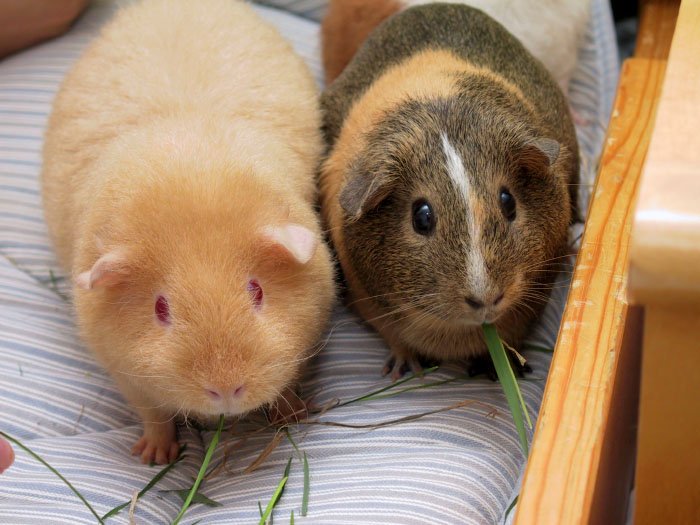
Greeting rituals are a cornerstone of guinea pig society. When two piggies meet, they might sniff noses, gently nibble, or even perform a little dance of circling and rumbling. These greetings help reinforce bonds and clarify relationships without outright fighting. Grooming, too, plays a vital role; higher-ranking pigs may groom subordinates as a sign of status, but mutual grooming often shows trust and affection. These daily rituals create a tapestry of connections that hold the herd together, ensuring every member feels seen and supported.
Conflict and Resolution
Disagreements are inevitable, even among the most peaceful guinea pigs. When conflicts arise, they’re usually resolved quickly through displays of dominance or submission. This might look like a brief scuffle, a raised hackle, or a series of short, sharp rumbles. Rarely does it turn into real aggression, especially if the guinea pigs have enough space and resources. What’s remarkable is their ability to move past conflict—once the pecking order is reaffirmed, harmony returns, and everyone gets back to the business of foraging and exploring.
The Role of Age and Experience
Age can play a significant part in guinea pig hierarchies. Older, more experienced pigs often command respect simply by virtue of their seniority. Younger guinea pigs may challenge the status quo, but they typically defer to their elders, learning from their cues and copying their behaviors. This transfer of knowledge ensures that the group benefits from seasoned leadership while still allowing for youthful energy and innovation. The dynamic can shift as pigs age, with leadership sometimes passing naturally from one member to another.
Sex Differences: Boars vs. Sows
The social dynamics of male (boar) and female (sow) guinea pigs can be surprisingly different. Boars tend to have more obvious displays of dominance, often engaging in “rumblestrutting” or mock mounting to assert their place. Sows, while less overt, establish hierarchies through subtle cues and social alliances, forming close bonds with select companions. Mixed groups require careful monitoring, as the presence of both sexes can intensify competition. Understanding these differences helps owners create harmonious living arrangements tailored to their pets’ natural instincts.
The Influence of Personality
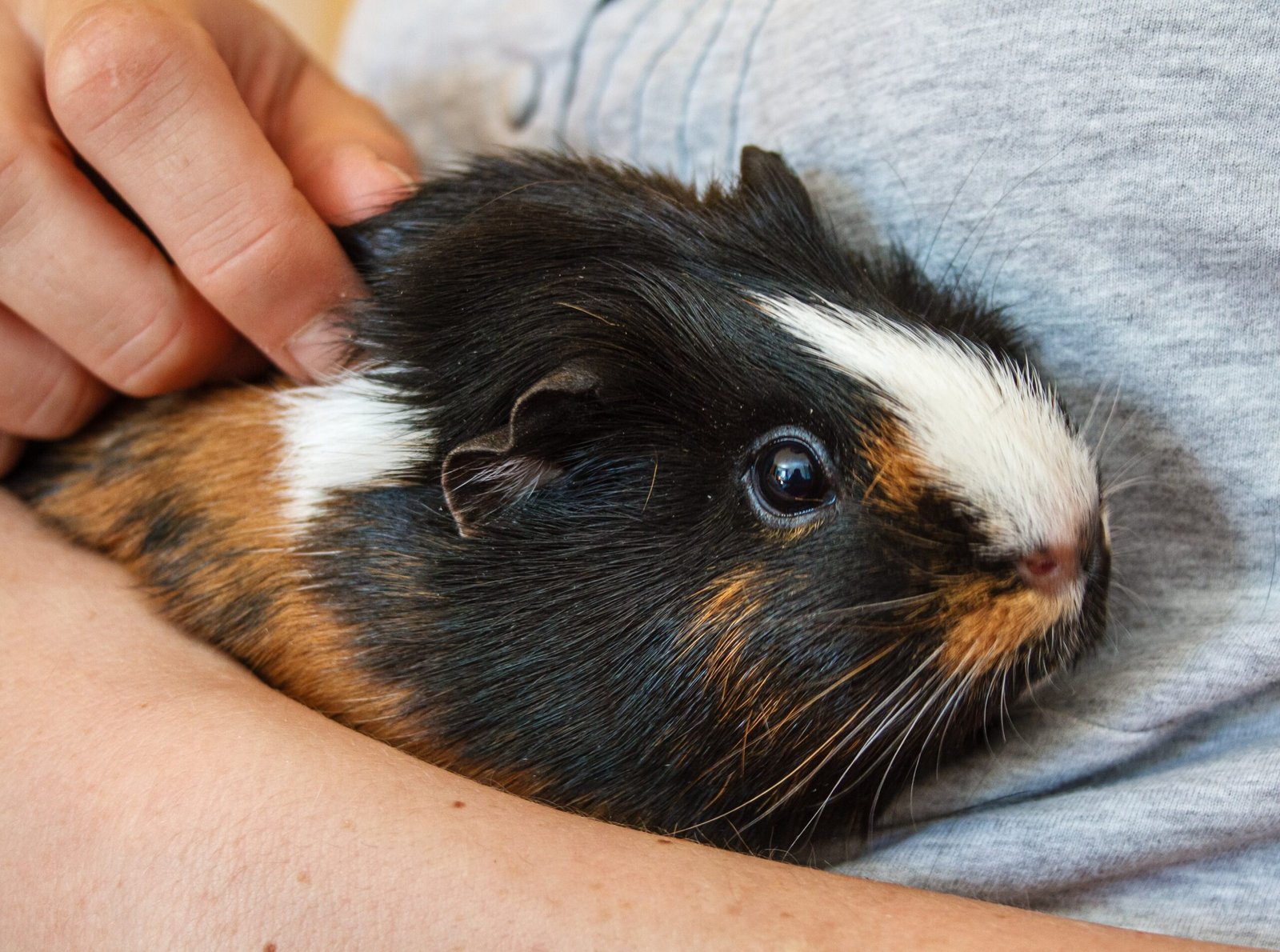
Not all guinea pigs fit neatly into a social mold—personality plays a huge role in how hierarchies form. Some pigs are bold and outgoing, eager to explore and lead, while others are shy and content to follow. These individual quirks influence the overall group dynamic, with dominant personalities naturally rising to the top. However, a quieter guinea pig can sometimes surprise everyone, stepping into leadership when circumstances change. The interplay of personalities makes each herd unique, turning even a small group into a cast of memorable characters.
How New Members Disrupt the Balance
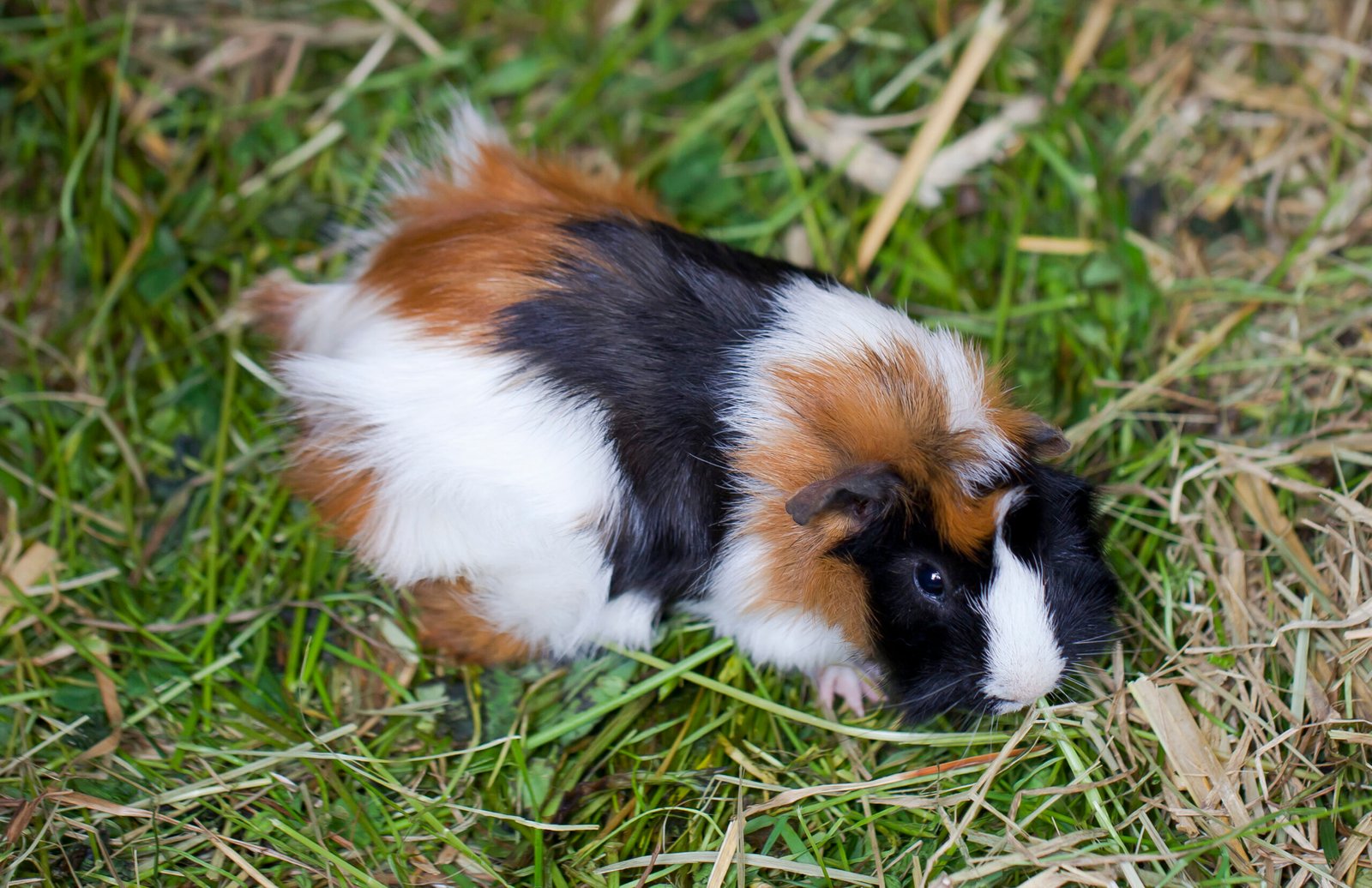
Introducing a new guinea pig can throw the established hierarchy into chaos, at least temporarily. The arrival of a stranger sparks curiosity and caution, as everyone reassesses their place in the herd. The integration process involves a lot of sniffing, rumbling, and sometimes minor skirmishes. Over time, new bonds form and the hierarchy settles into a new equilibrium. Careful introductions and plenty of patience help smooth this transition, reducing stress for both old and new members.
Bonding Through Shared Experiences
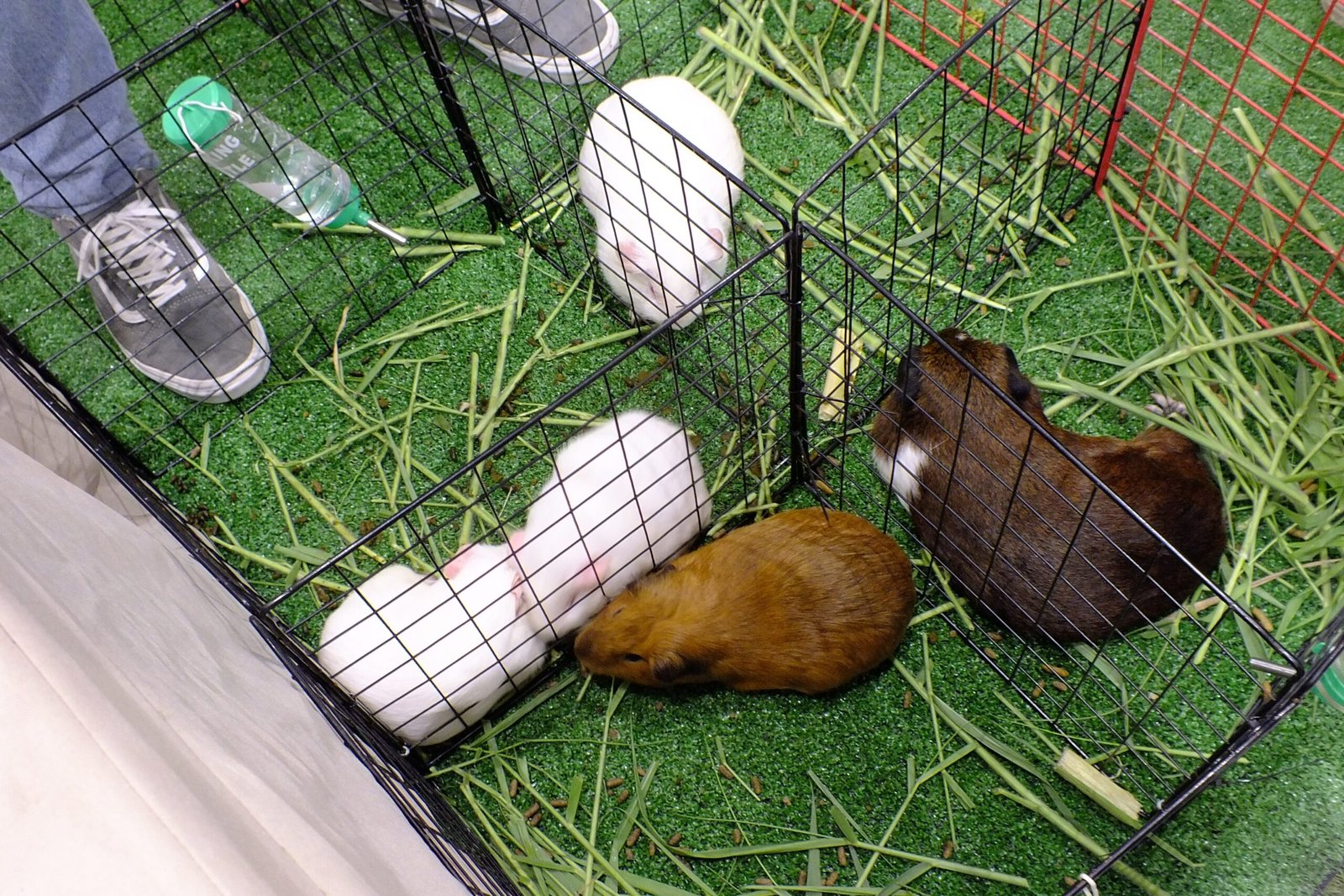
Shared adventures—like exploring a new playpen or discovering a fresh pile of veggies—strengthen guinea pig bonds and reinforce social order. These experiences allow pigs to cooperate, follow each other’s lead, and build trust. Even small challenges, like navigating a tunnel or solving a food puzzle, can bring the group closer together. The more positive interactions your guinea pigs share, the more stable and harmonious their hierarchy becomes, turning your living room into a playground for social learning.
Stress and Social Stability
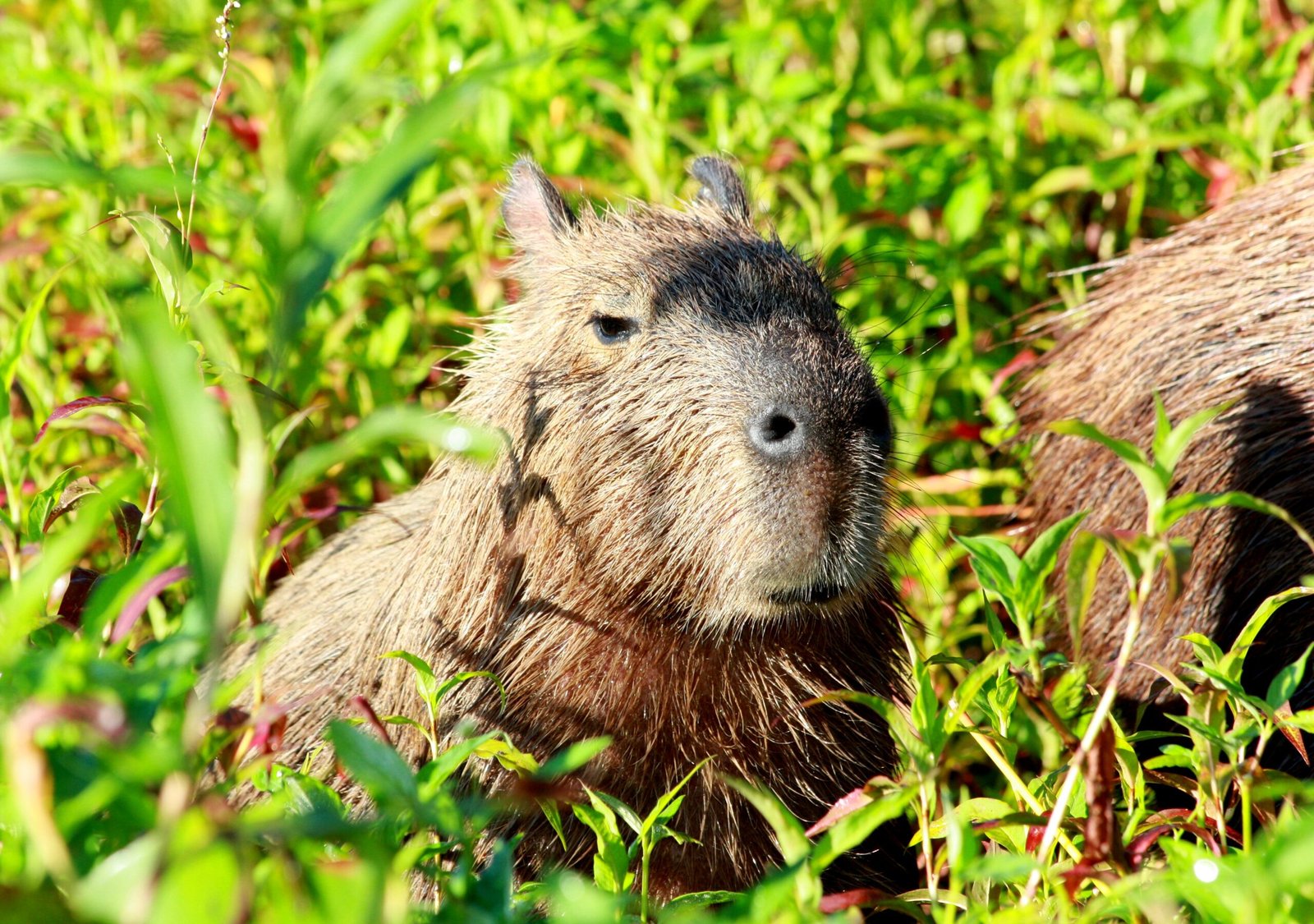
A stable hierarchy is key to reducing stress in guinea pigs. Uncertainty about their place in the group can lead to anxiety, resulting in withdrawn behavior or even health issues. Providing enough space, resources, and hiding spots helps minimize competition and fosters a sense of calm. Observing your guinea pigs for signs of stress—like excessive hiding or aggressive behavior—can alert you to problems in the social order. Taking steps to restore harmony keeps your pets happy, healthy, and confident in their little society.
How Nutrition Affects Hierarchy
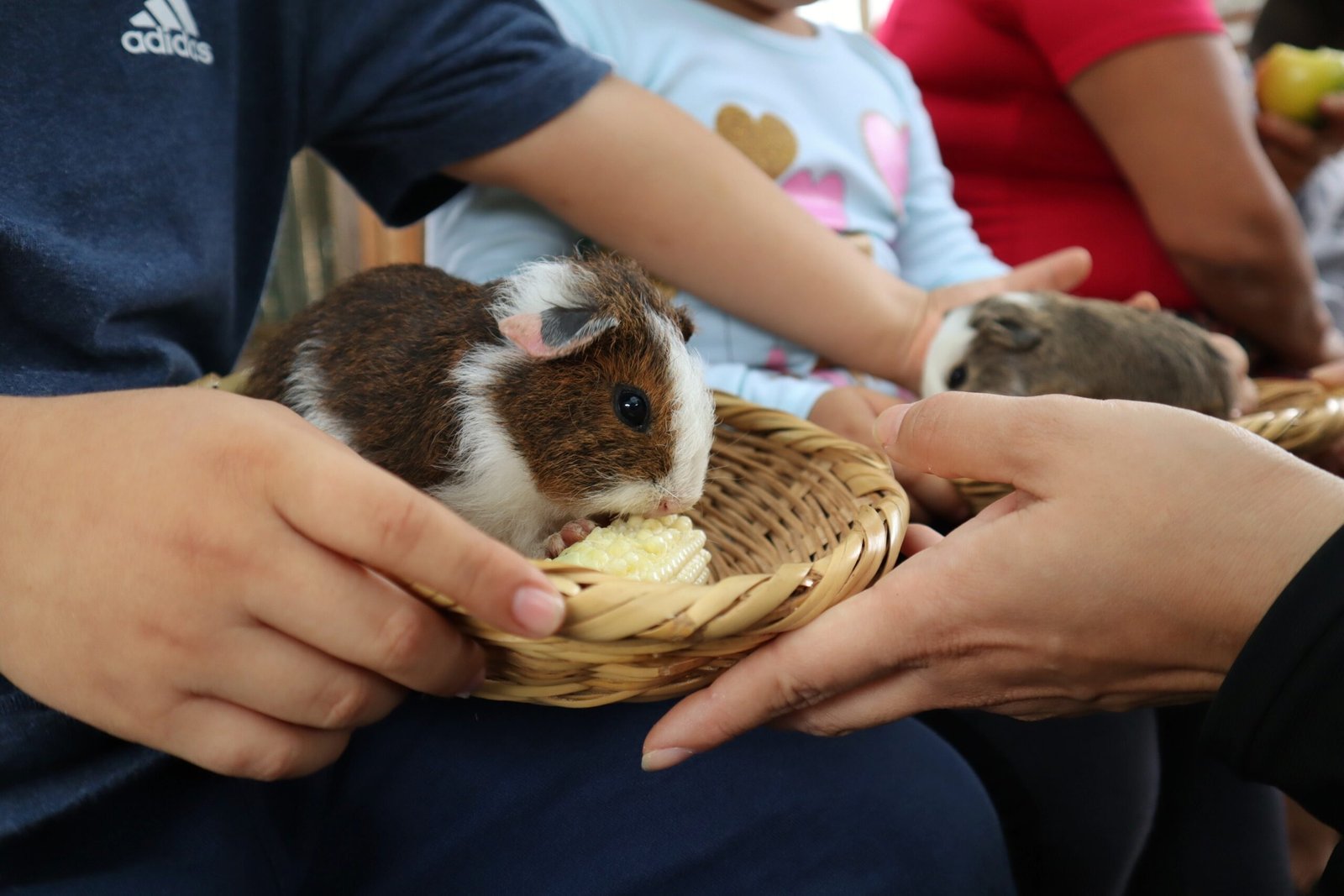
Access to food and water can become a battleground in guinea pig hierarchies. The dominant pig often eats first or takes the best treats, while others wait their turn. Ensuring multiple food bowls and water bottles can reduce tension and encourage sharing. Sometimes, offering treats by hand helps break down barriers, allowing even shy or lower-ranking pigs to join in. A well-fed herd is a content herd, and mealtime routines become another thread in the complex web of social interaction.
Enrichment and Its Impact on Social Dynamics
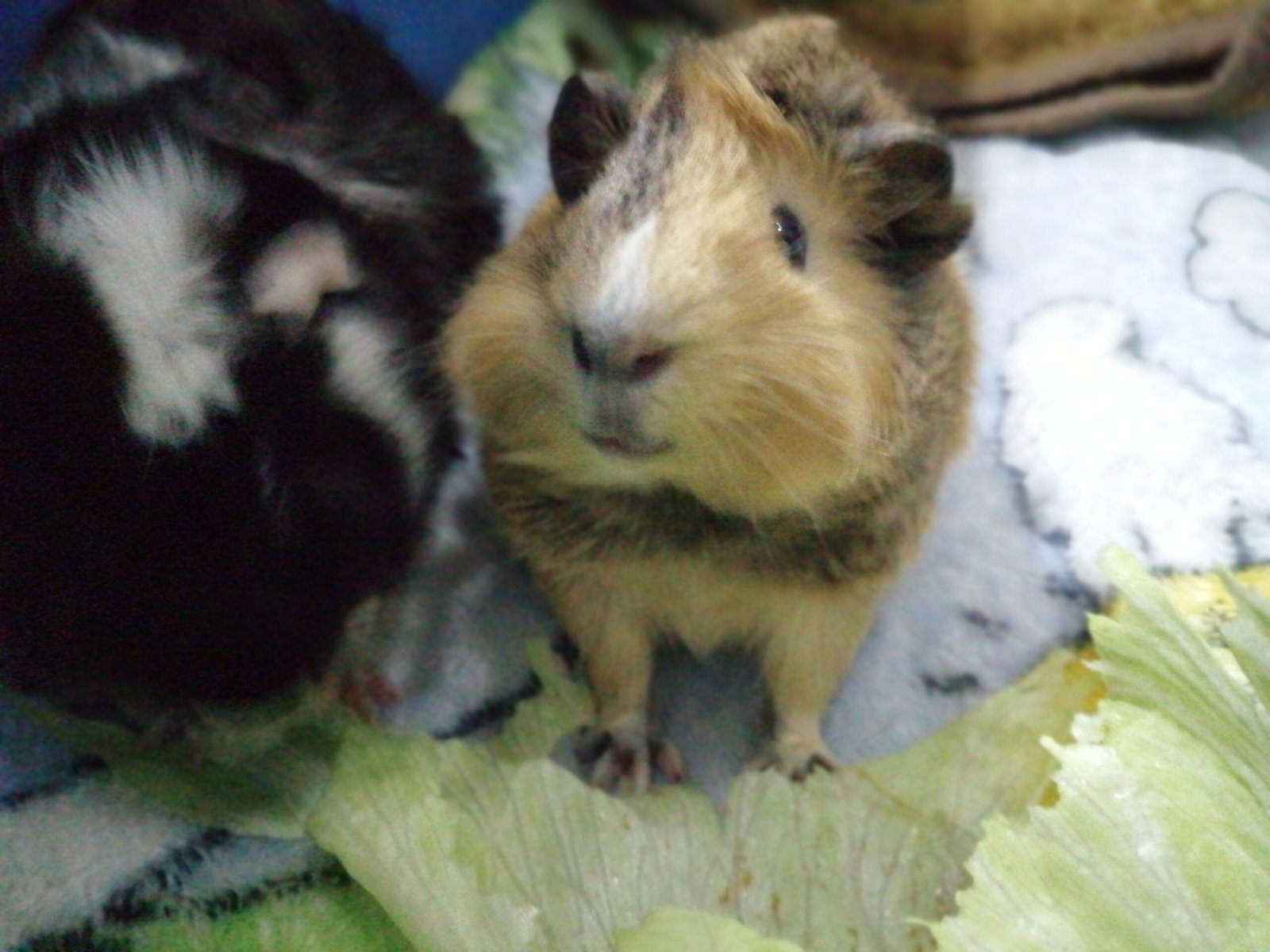
Toys, tunnels, and new environments aren’t just for fun—they play a key role in shaping guinea pig hierarchies. Enrichment activities stimulate curiosity, encourage natural behaviors, and give every pig a chance to shine. Rotating toys and rearranging the living space can shake up routines, offering new opportunities for leadership and cooperation. Enrichment helps prevent boredom and conflict, creating a dynamic environment where social bonds are constantly tested and renewed.
The Power of Scent in Social Organization
Guinea pigs have a keen sense of smell, using scent to communicate and maintain social structure. They mark territory with scent glands and sniff each other to gather information about status and health. Scent helps reinforce bonds, identify familiar group members, and signal dominance or submission. Introducing new scents—like a freshly washed fleece or a new toy—can temporarily disrupt the hierarchy, prompting a flurry of sniffing and reestablishing of roles.
Human Influence on Herd Hierarchies
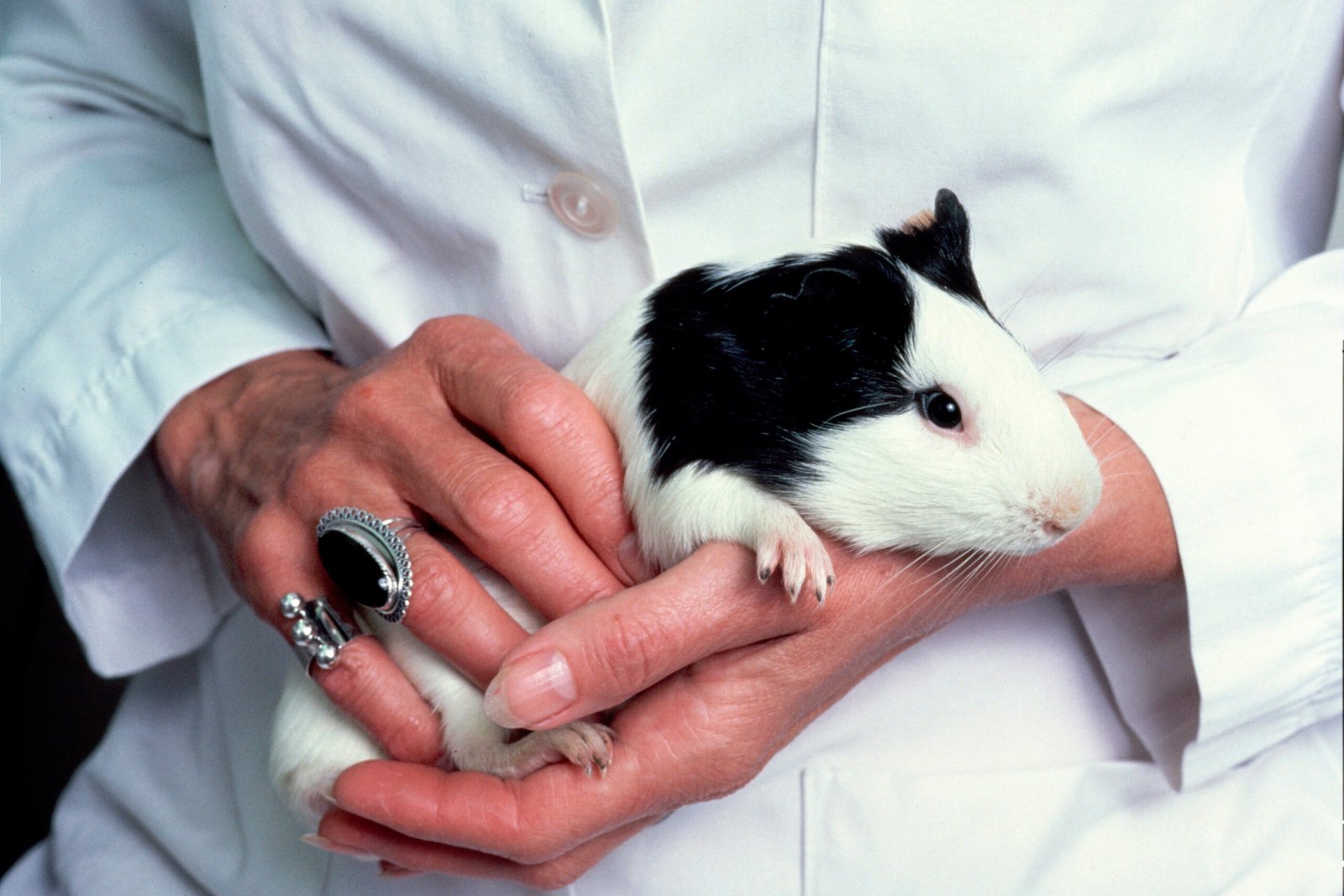
As caregivers, humans play an unexpected role in guinea pig hierarchies. Hand-feeding, petting, and even cleaning cages can affect the social balance, especially if one pig receives more attention than others. Guinea pigs quickly learn who brings treats or initiates play, sometimes forming alliances based on these interactions. Being mindful of favoritism and ensuring equal care helps maintain fairness and stability within the group, letting natural hierarchies form without unnecessary interference.
Signs of a Healthy Herd Hierarchy
A happy herd is easy to spot: relaxed postures, mutual grooming, and playful chasing all indicate a stable hierarchy. There’s minimal aggression, and every member seems comfortable exploring and interacting. Occasional disputes are normal, but they resolve quickly without injury or prolonged tension. Guinea pigs in a balanced group eat well, remain curious, and display a wide range of vocalizations. Observing these behaviors reassures owners that their pets’ social needs are being met in a safe, nurturing environment.
When Hierarchies Go Wrong
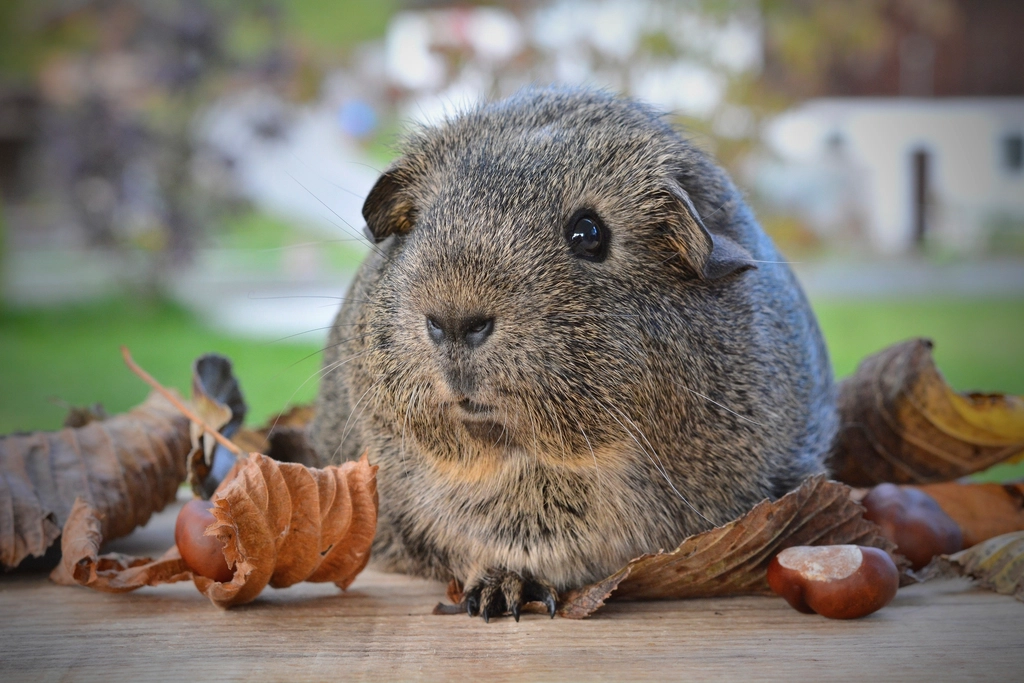
Sometimes, hierarchies fail to settle, leading to ongoing conflict or even bullying. Persistent fighting, isolation of a single pig, or signs of injury are red flags that something is amiss. These issues can stem from incompatible personalities, overcrowding, or lack of resources. Separating aggressive individuals or reconfiguring the group may be necessary to restore peace. Being attentive to these warning signs ensures that every guinea pig gets the chance to thrive, rather than just survive.
Adapting to Change and Loss
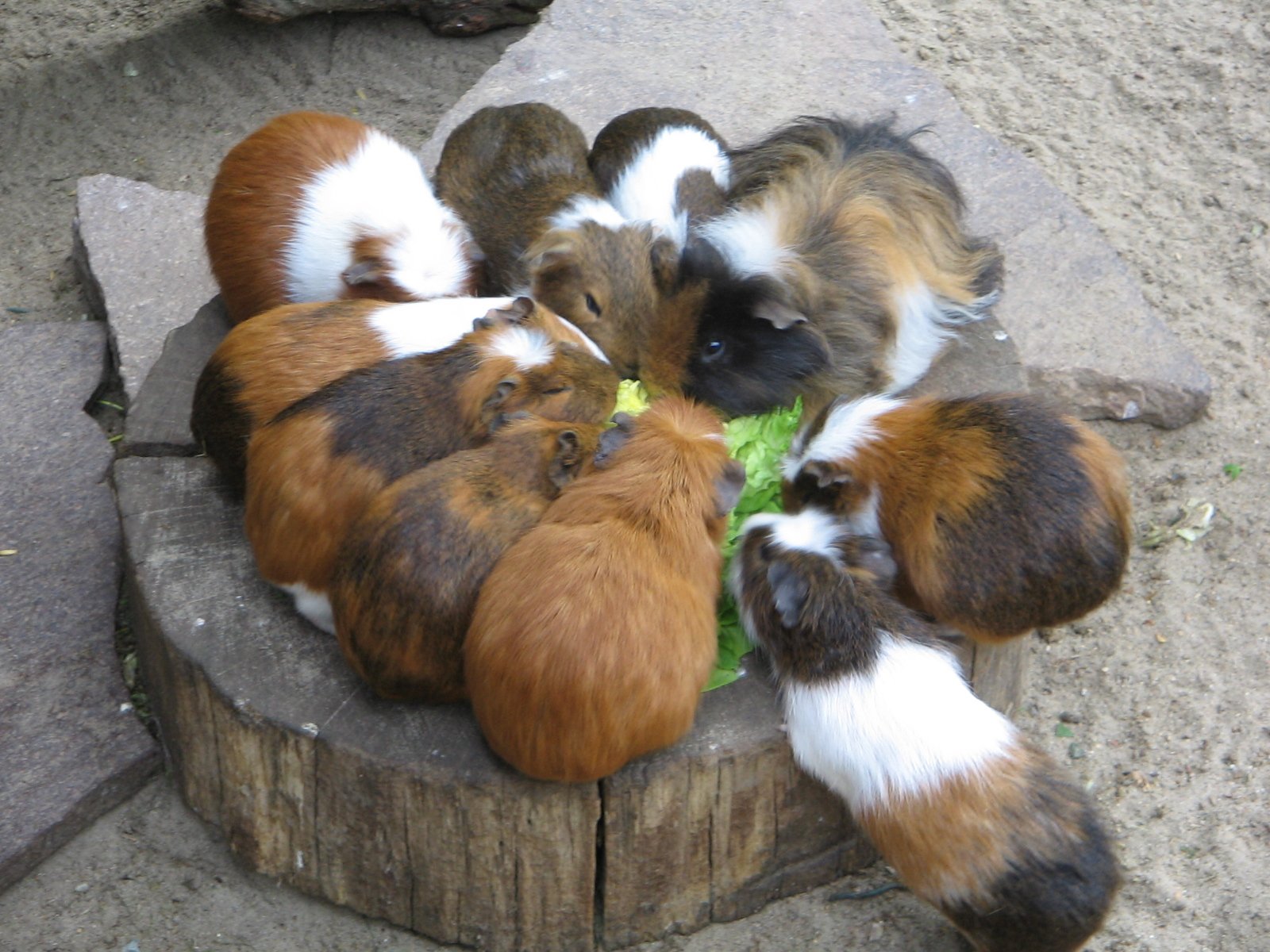
Life in a guinea pig herd is always evolving. The loss of a member, whether through separation or passing, can deeply affect the social order. Remaining pigs may grieve, become withdrawn, or act out as they adjust to their new reality. New hierarchies gradually form, but the process takes time, patience, and gentle support. Introducing a new companion can help, but only once the herd has had time to heal and reestablish its sense of security.
Why Understanding Hierarchies Matters
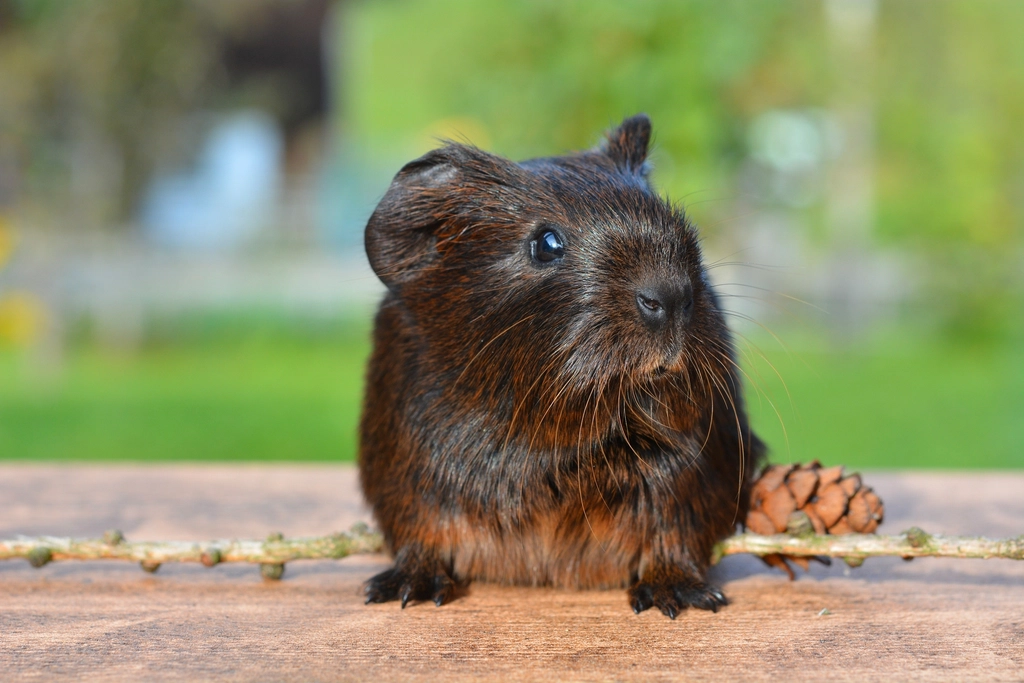
Recognizing the subtle ways guinea pigs form hierarchies helps owners create happier, healthier environments. It’s not just about preventing fights—it’s about appreciating the rich, emotional lives these animals lead. By respecting their need for social structure, providing appropriate enrichment, and observing their interactions, we deepen our bond with our pets. The living room becomes more than just a play space; it transforms into a miniature kingdom, ruled by gentle negotiations and quiet courage. Isn’t it astonishing how much drama and beauty can unfold right beneath our feet?


